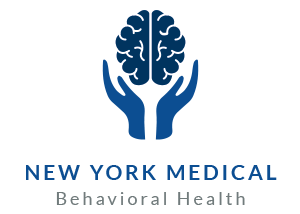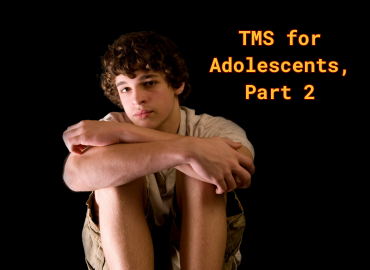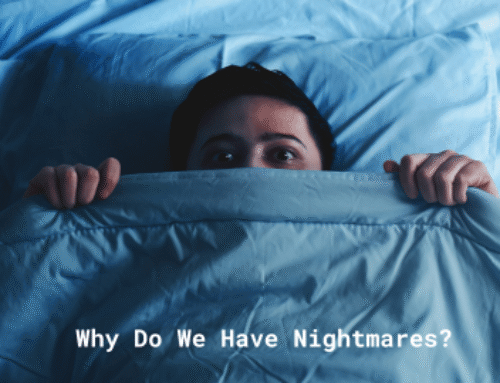TMS for Adolescents, Part 2
In our last article, we discussed how transcranial magnetic stimulation can be used to help children. We looked at some of the mental disorders that afflict adolescents and the effects those disorders cause. Also, we looked at how TMS works and how it fits into a treatment plan with the participation of the patient, their parents or guardians, and their healthcare team.
Today, we’ll talk about the side effects of TMS and more on how TMS works as part of a treatment plan for adolescents at least 15 years of age who are being treated for major medical depression (MDD).
When properly applied, transcranial magnetic stimulation is well tolerated, and the patient is able to continue with their treatment plan. Part of the benefits of TMS is that there is no sedation and little to no downtime. The patient can go about their business once they leave the clinic. TMS is non-invasive and drug-free. Side effects are minimal, and many patients experience no side effects at all.
These are some side effects that have been noted by a portion of TMS patients:
A feeling of tingling or slight scratchiness on the scalp
Mild headache
Muscles on the face or head twitching
Lightheadedness
Confusion
Tension in the neck
These side effects, if they occur at all, are short-lived. Over-the-counter medication like ibuprofen can be taken for any discomfort. The patient is encouraged to take a few minutes to ensure that everything is all right before leaving the clinic. Any side effects the patient experiences often stop popping up after a few TMS sessions as well.
The most serious possible side effect of TMS is a seizure, but that risk has been identified as very rare, less than one chance in 10,000.
Some patients should not get TMS therapy. That includes anyone with a magnetic metal object like a plate implanted in or near their head, anyone with an electronic device implanted anywhere in their body, and anyone with a history of seizures.
Every patient is assessed for suitability as our goal is to offer the most effective, sustainable treatment for the best results possible. Part of the assessment is a thorough psychiatric evaluation.
The American Academy of Child Adolescent Psychiatry recommends that TMS treatment for children with depression should last for six months up to a year, though longer periods may be recommended for patients who suffer at least one more depressive episode while undergoing treatment. Psychotherapy and psychoeducation for the patient and their guardians is indicated as part of the treatment plan for
best results. The goal is for all to collaborate together to meet the adolescent’s unique needs and ultimately, achieve remission.
Some insurance carriers will cover transcranial magnetic stimulation, some will not. Each session can cost several hundred dollars, so be sure to check with your carrier before exploring TMS for your loved one. You can also ask about a payment plan.
Contact us on our website anytime to ask about TMS and our other services, or call (585) 442-6960. We also offer psychotherapy and use the latest and best NeuroStar equipment for transcranial magnetic stimulation.




